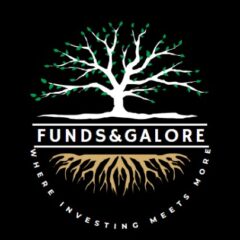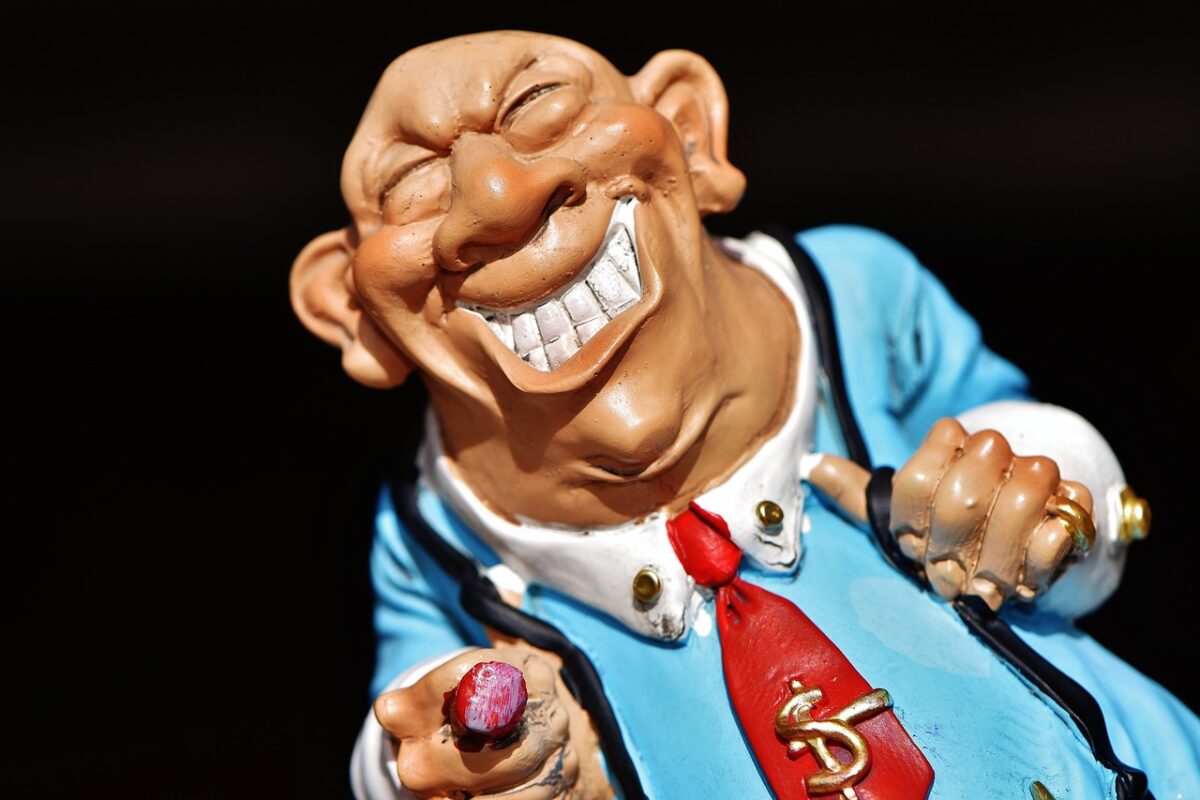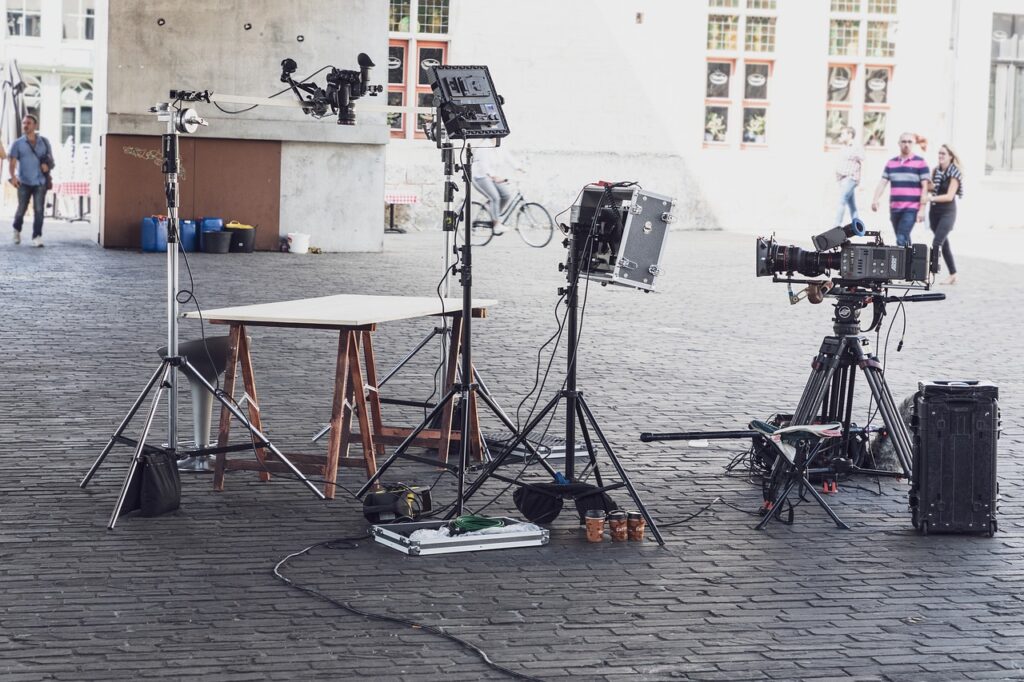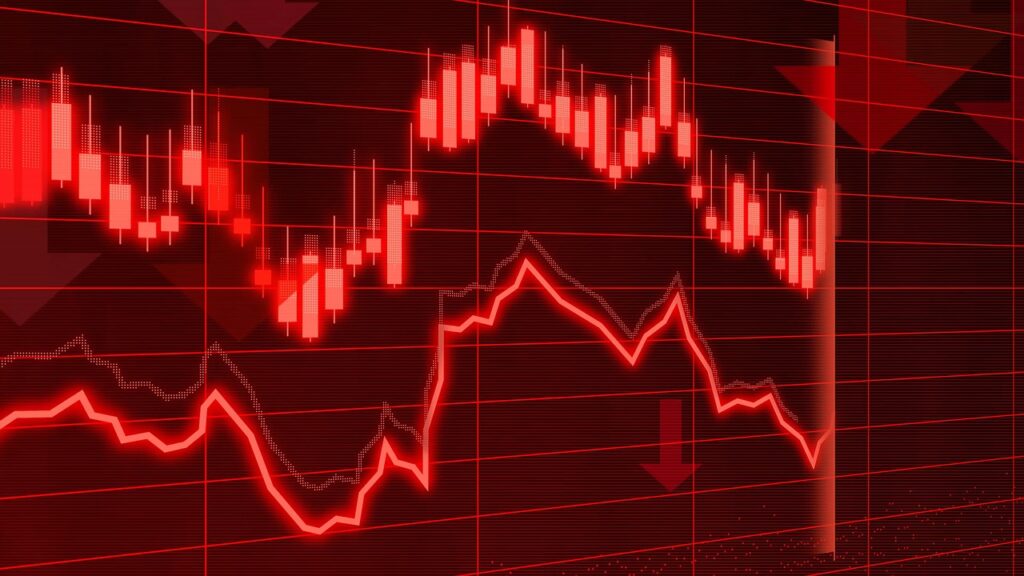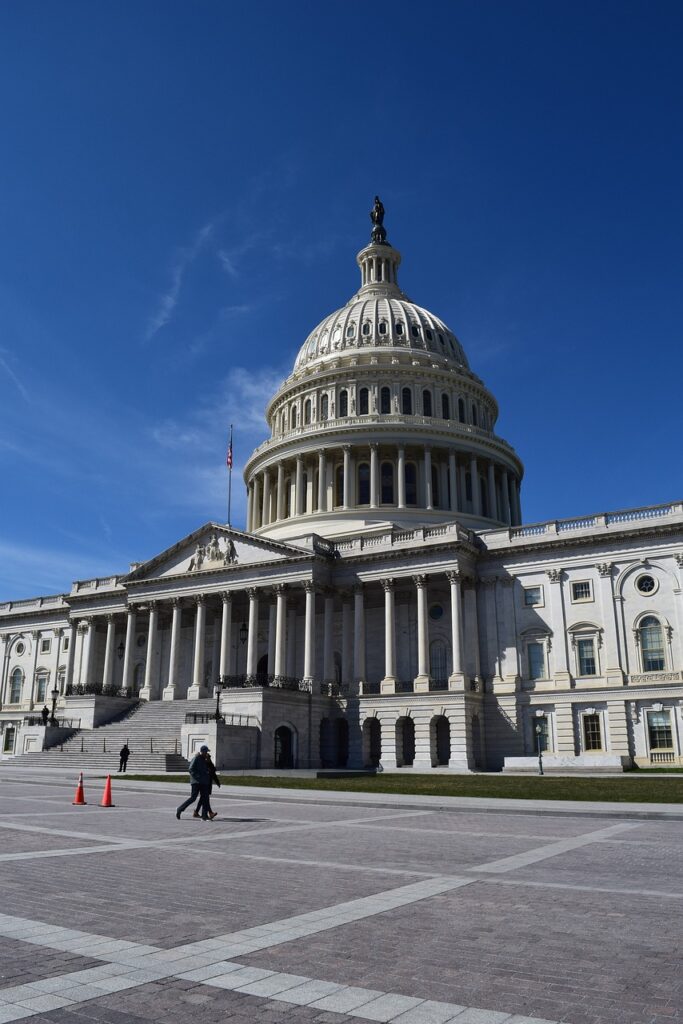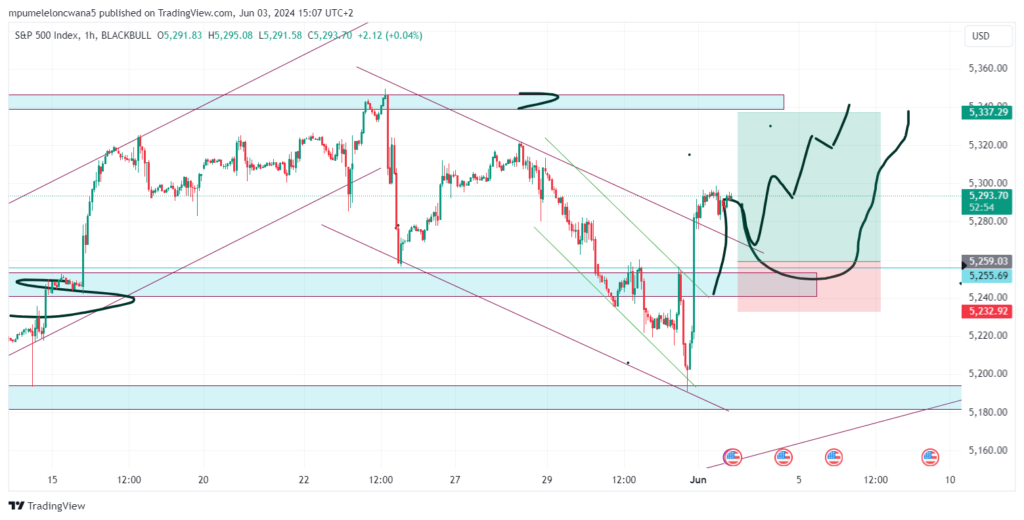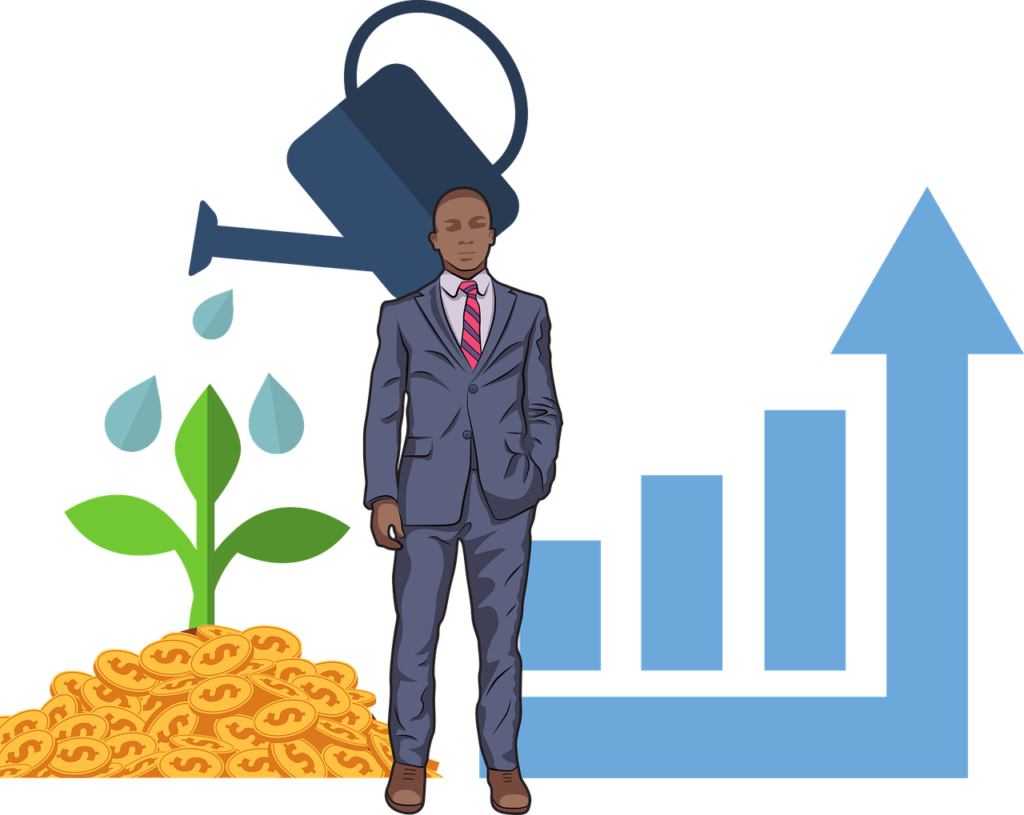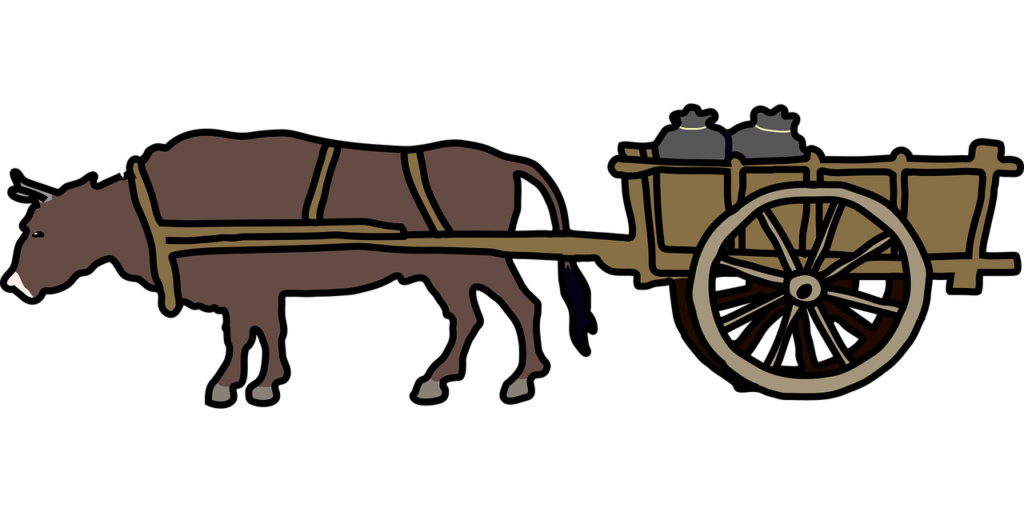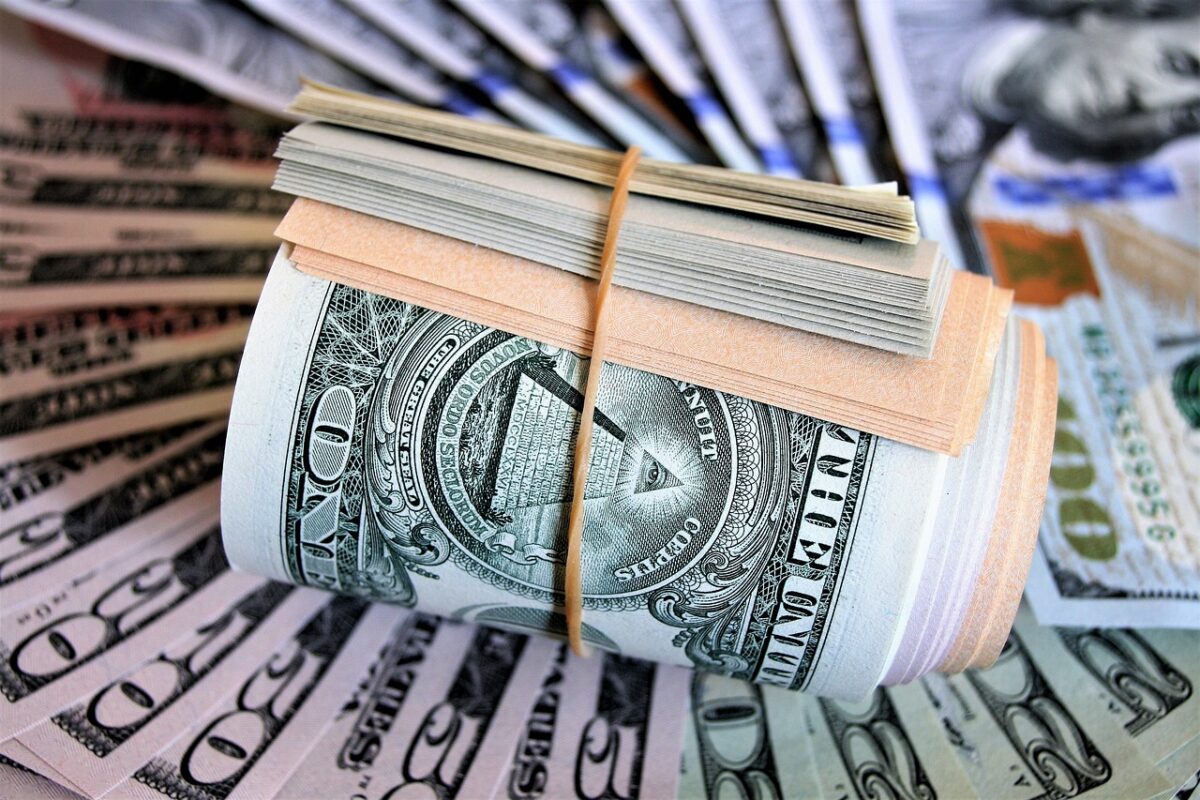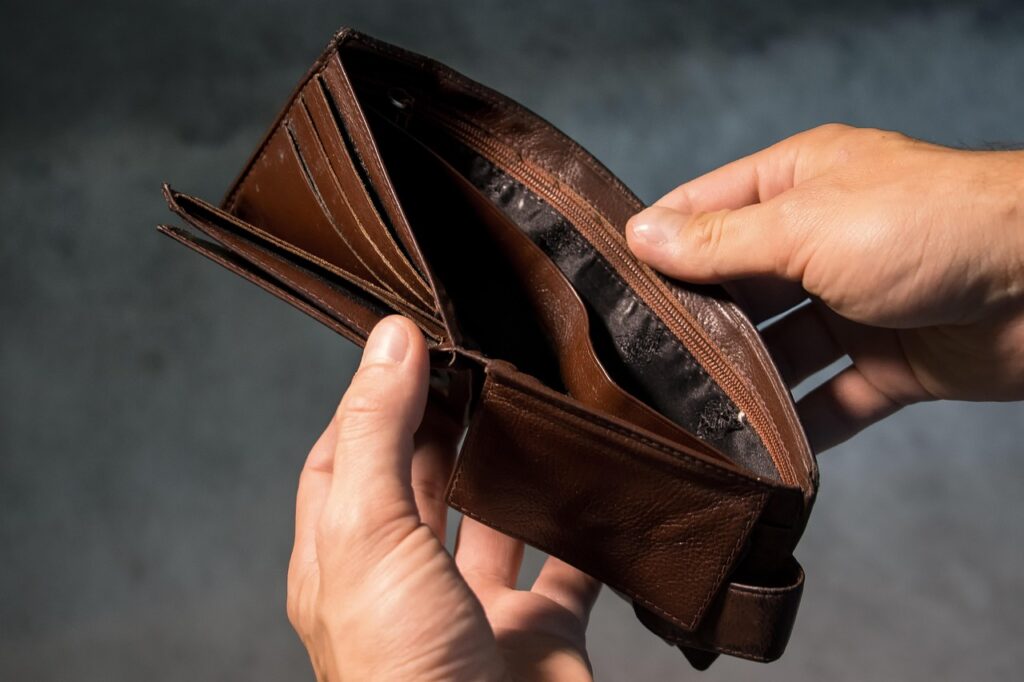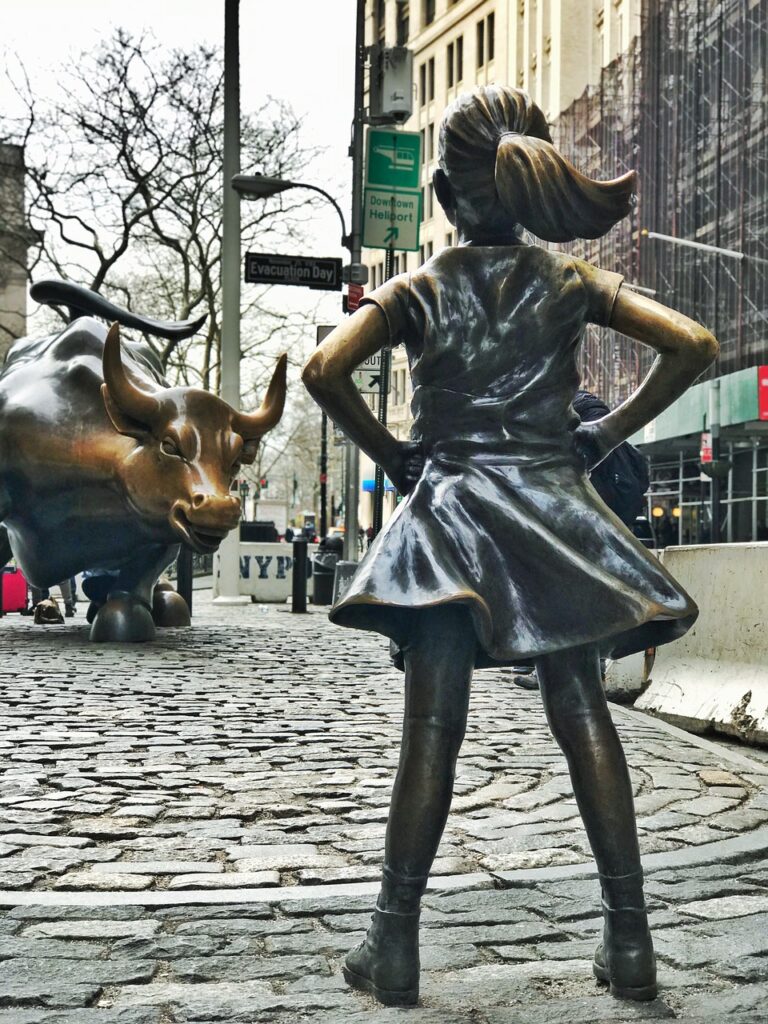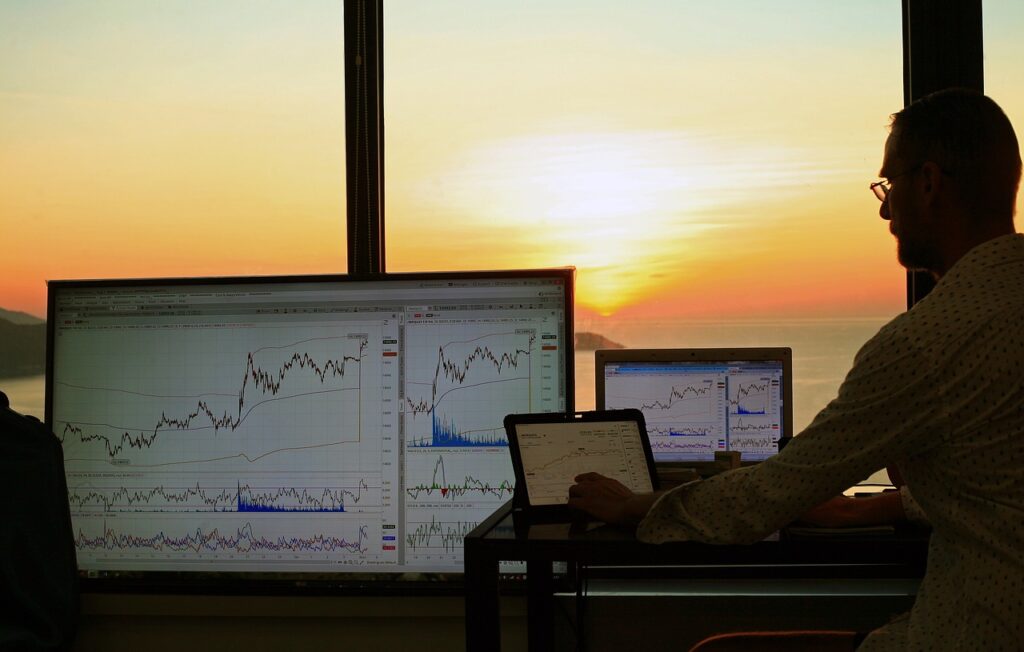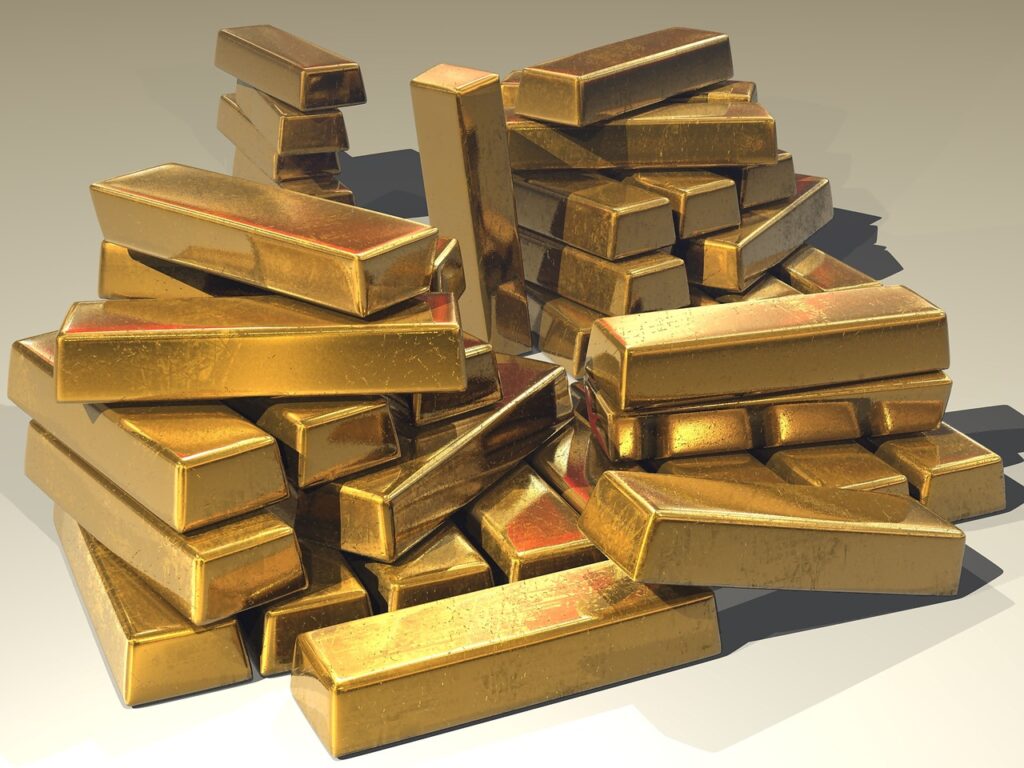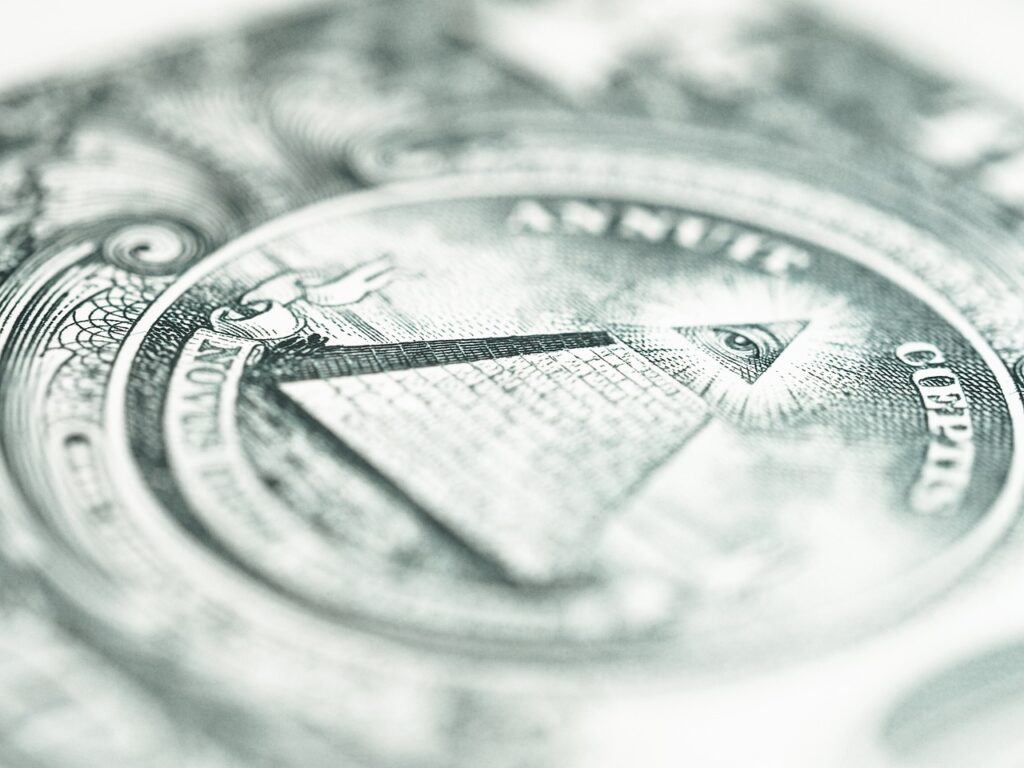Forex scams in South Africa have made thousands—if not millions—of rands for scammers who understand the power of illusion to lure their victims.
As Friedrich Nietzsche once said, “Sometimes people don’t want to hear the truth because they don’t want their illusions destroyed.”
The Rise of Forex Trading and Scams in South Africa
Forex trading is a growing industry in the South African market, especially after the COVID-19 pandemic.
During this time, many students lacked access and resources to continue their studies.
Employees were retrenched, and many individuals struggled to find employment.

As a result, people began spending more time on social media, and alongside
this surge, many forex scammers emerged, seemingly out of nowhere.
These scammers used the same blueprint to dominate the space—a blueprint we’ll explore shortly.
One major reason many people got into trading was the flashy lifestyle marketed by supposed forex traders online.
I, too, was lured in this way. However, my personal interest in forex
stemmed from a desire to earn a decent living without relying on job security.
Even though I performed well academically and studied B-Com in Business Studies
at Eduvos Potchefstroom, I never liked being told what to do.
I always preferred doing things my own way, which helped me excel in school—despite not enjoying the structure.
The lavish lifestyle displayed before me fuelled my curiosity, and I dedicated everything
to understanding what forex really is and how people actually make money from it.
Unfortunately, many beginner traders do not take the time to do their due diligence.
They see the lifestyle and fall for money-making schemes, which often leads them to become victims of scammers.
How Forex Scammers in South Africa Target Their Victims
Let’s break down the methods scammers use to target individuals in South Africa.
What stood out to me is their deep understanding of human psychology—the same kind used by politicians worldwide.
To manipulate people, you must first understand what they desire most.
Then, you play on those emotions, lower their guard, and go in for the kill.
Scammers often target those who desperately desire wealth but have no clear path to achieving it
. With bold marketing tactics and promises of a better life, people are enticed
to invest their savings, pension funds, or tuition money—all with the hope of multiplying it tenfold.
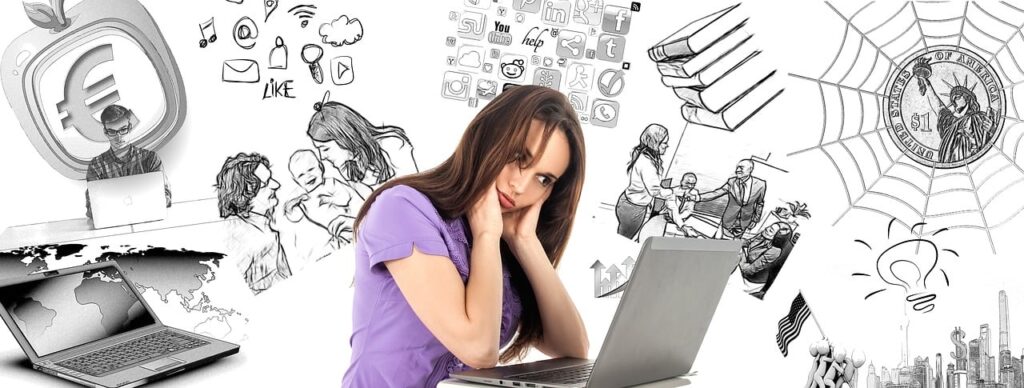
In the end, scammers walk away with millions, and the victims are left worse off than before.
Fake Investment Schemes
One of the most common tools used by forex scammers is fake investment schemes.
These schemes vary, but the most popular ones promise unusually high returns—7% to 10% weekly, or even 100% in one week.
For someone new to forex, that kind of return
sparks dreams: “I’ll build my mother a house, marry my girlfriend, buy a new car…”
In the middle of these dreams, they lose their guard, make the investment—and never hear from the scammer again.
Meanwhile, that scammer is posting daily content of expensive bottles, cars, and parties—all funded by your hard-earned money.
It’s not a coincidence—it’s intentional.
Unregulated Brokers
Unregulated brokers take the deception even further.
These brokers target traders—especially beginners—with promises of massive gains and user-friendly platforms.
They understand how regulations work and use loopholes to their advantage.
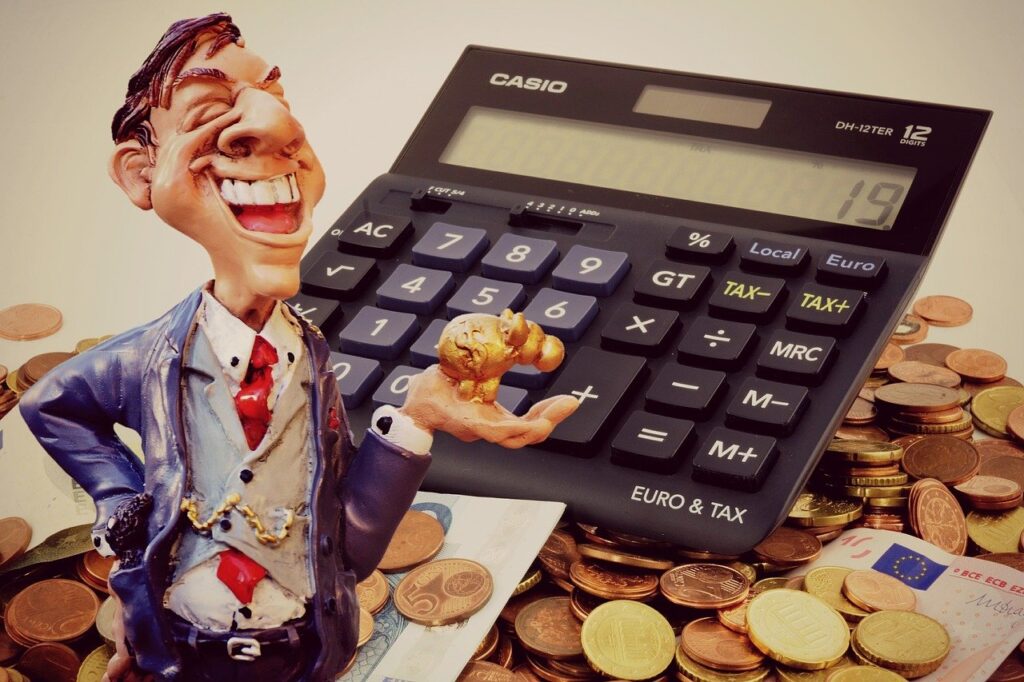
By registering in countries with weak oversight—like Belize or Seychelles—they avoid
the scrutiny of South Africa’s FSCA, which has no legal authority over foreign entities.
These brokers also partner with social media influencers (often scammers themselves) to appear trustworthy.
They run polished websites and invest heavily in ads to gain your trust.
The trick is simple: it’s easy to deposit money—but incredibly difficult to withdraw it.
I’ve experienced it first-hand. I made profits, tried to withdraw, and suddenly my account was frozen.
There was nothing I could do. That’s why verifying
a broker’s legitimacy is crucial before signing up or making any deposits.
Today, I only trade with regulated brokers that give me no issues and process my withdrawals promptly.
Signal Seller Scams
Signal services are another profitable scam.
There’s a well-known scammer in South Africa selling signal access for R500 a month
to over 2,000 people. That’s R1 million monthly, just from signals!
These so-called “mentors” use the money to rent luxury cars and live lavishly, while
the people under their mentorship consistently lose money.
Meanwhile, the scammers post fake profits on social media.
It’s not accidental—it’s all part of the deception.
Social Media Fraudsters
Like I mentioned earlier, South African forex scammers follow the same blueprint:
flashy cars, expensive houses, daily profits.
Why? Because it works.
But behind all the glitz lies manipulation.
One person I truly admire is Rydall Flicks.
He exposes fake traders who exploit people with real, concrete evidence.
Check out his YouTube channel—he doesn’t just talk; he proves.
The need to constantly show off on social media often reflects a lack of true success.
Real success doesn’t require external validation—it speaks through consistent results and value.
Forex Scams in South Africa: Real Forex Traders
Real forex traders don’t need to showcase Lamborghinis or pop champagne bottles.
They offer genuine value.
They mentor those who are truly passionate about learning the game—not people looking for shortcuts.

They understand that forex is not a get-rich-quick scheme.
Just like becoming a doctor takes years of study and effort, becoming a
successful trader takes time and dedication.
A teacher and a doctor may both be valuable, but the time and skill required
to become a doctor explain the difference in income.
Similarly, successful trading requires patience, discipline, and years of practice.
Genuine traders showcase their trades, not their lifestyle.
Don’t fall for illusions—value knowledge, and you’ll be able to build a life of real abundance.
Forex Scams in South Africa: Conclusion
Forex trading is a legitimate and potentially profitable
venture, but the industry in South Africa is riddled with deception.
From fake investment schemes and signal seller scams to unregulated brokers
and social media fraudsters—scammers use every trick in the book to prey on the uninformed.
If you want to succeed in forex, focus on education, not illusions.
Avoid shortcuts, question bold promises, and always verify a broker’s regulation status.
The key to financial freedom in trading is not found
in flashy lifestyles or overnight success—it’s in the slow, steady pursuit of real knowledge.
Stay vigilant, do your due diligence, and never stop learning.
That’s how you unmask deception and take control of your trading journey.
